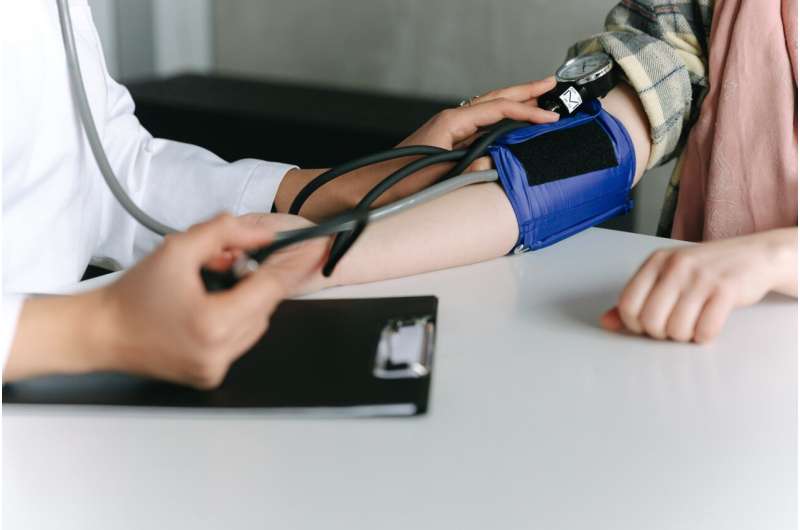Effective School-Based Dental Treatments Halt Childhood Tooth Decay

School-based dental treatments like ART and SDF have proven highly effective in preventing and controlling childhood tooth decay, offering a non-invasive solution to improve children's oral health.
Recent research indicates that implementing dental treatment programs within schools can significantly prevent the progression of tooth decay in children. A large-scale study conducted by NYU College of Dentistry examined over 10,000 cavities among elementary school students in New York City. The study focused on two non-invasive treatments—Atraumatic Restorations (ART) and Silver Diamine Fluoride (SDF)—both of which proved effective in halting the worsening of dental decay over several years.
Children in these programs typically receive biannual dental assessments where health professionals examine their teeth and administer either ART or SDF, depending on the school's assigned protocol. ART involves removing decayed tissue with gentle hand tools and sealing the cavity with a protective material similar to sealants. SDF, initially approved by the FDA for treating tooth sensitivity, is applied directly to cavities to kill bacteria and remineralize teeth, thus preventing further decay.
The study's findings reveal that SDF kept 62% of affected surfaces from deteriorating over four years, while ART controlled decay in 55% of cases, demonstrating that both treatments are comparable in effectiveness. These non-surgical interventions are particularly valuable in reducing the need for invasive procedures and expanding access to preventive dental care, especially in underserved populations.
In addition to their clinical benefits, school-based dental programs help reduce the significant amount of school hours lost due to dental emergencies, which is estimated at 34 million hours annually. By addressing cavities early through preventive treatments, these programs can improve long-term oral health outcomes and minimize urgent dental interventions such as extractions due to pain or infection.
Overall, integrating ART and SDF into school dental services presents a promising strategy to combat childhood tooth decay, making dental care more accessible and less invasive for young children.
source: https://medicalxpress.com/news/2025-06-school-dental-treatments-kids-tooth.html
Stay Updated with Mia's Feed
Get the latest health & wellness insights delivered straight to your inbox.
Related Articles
The Impact of Kidney Transplants on Pregnancy Risks in Assisted Reproductive Technology
Recent research reveals that women with kidney transplants using assisted reproductive technology face increased pregnancy risks, but long-term outcomes remain positive, supporting ART as a safe option with proper care.
Enhanced Pre-Hospital Blood Pressure Monitoring to Prevent Brain Damage in Emergency Cases
Invasive arterial blood pressure monitoring in emergency care offers greater accuracy, potentially preventing brain damage in trauma patients. A recent KSS study highlights its importance for better treatment outcomes.



